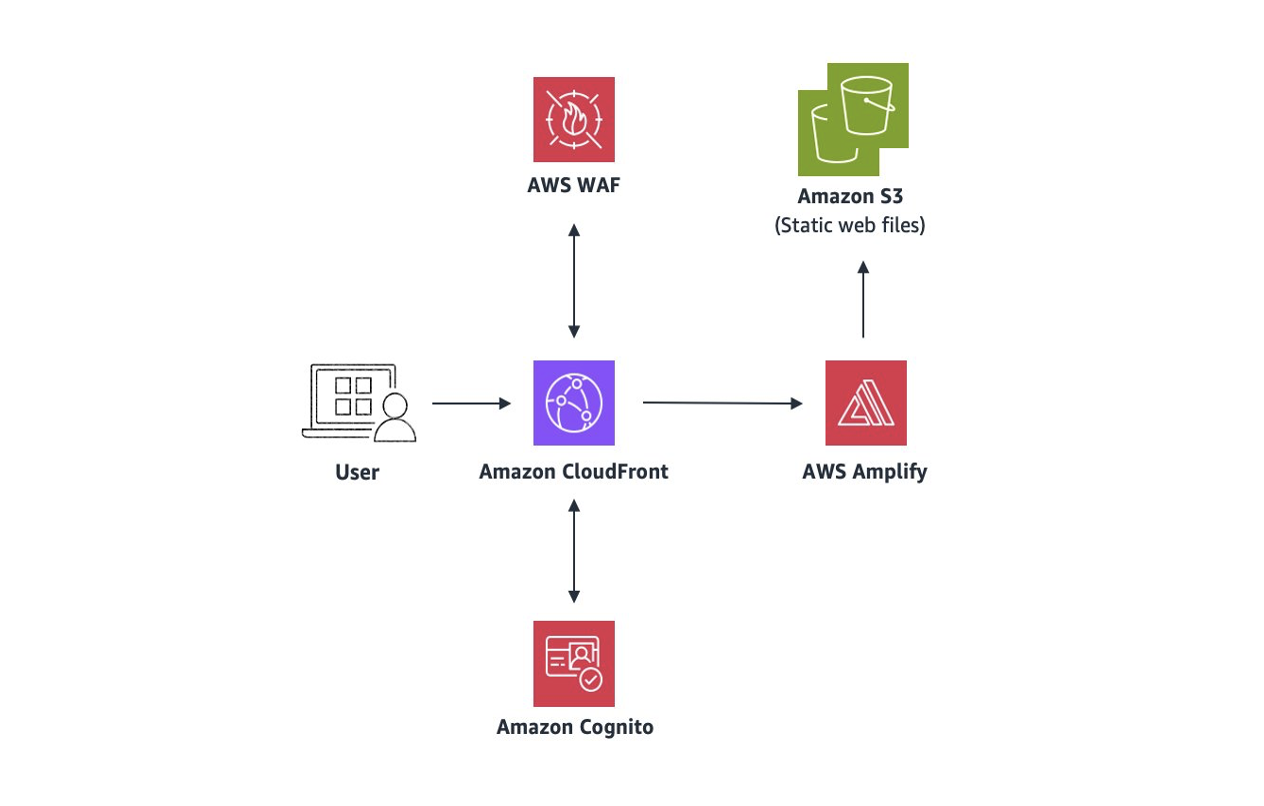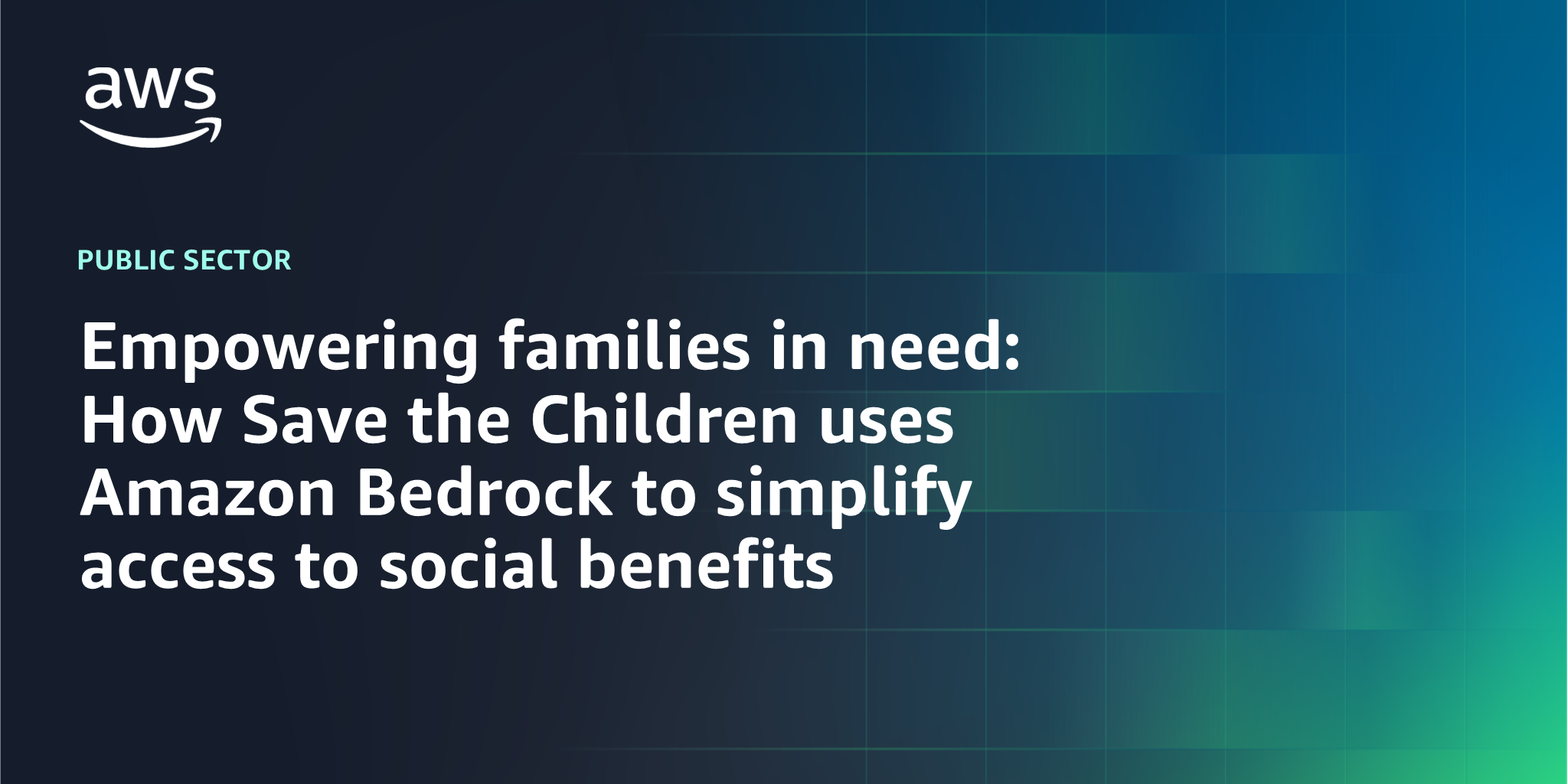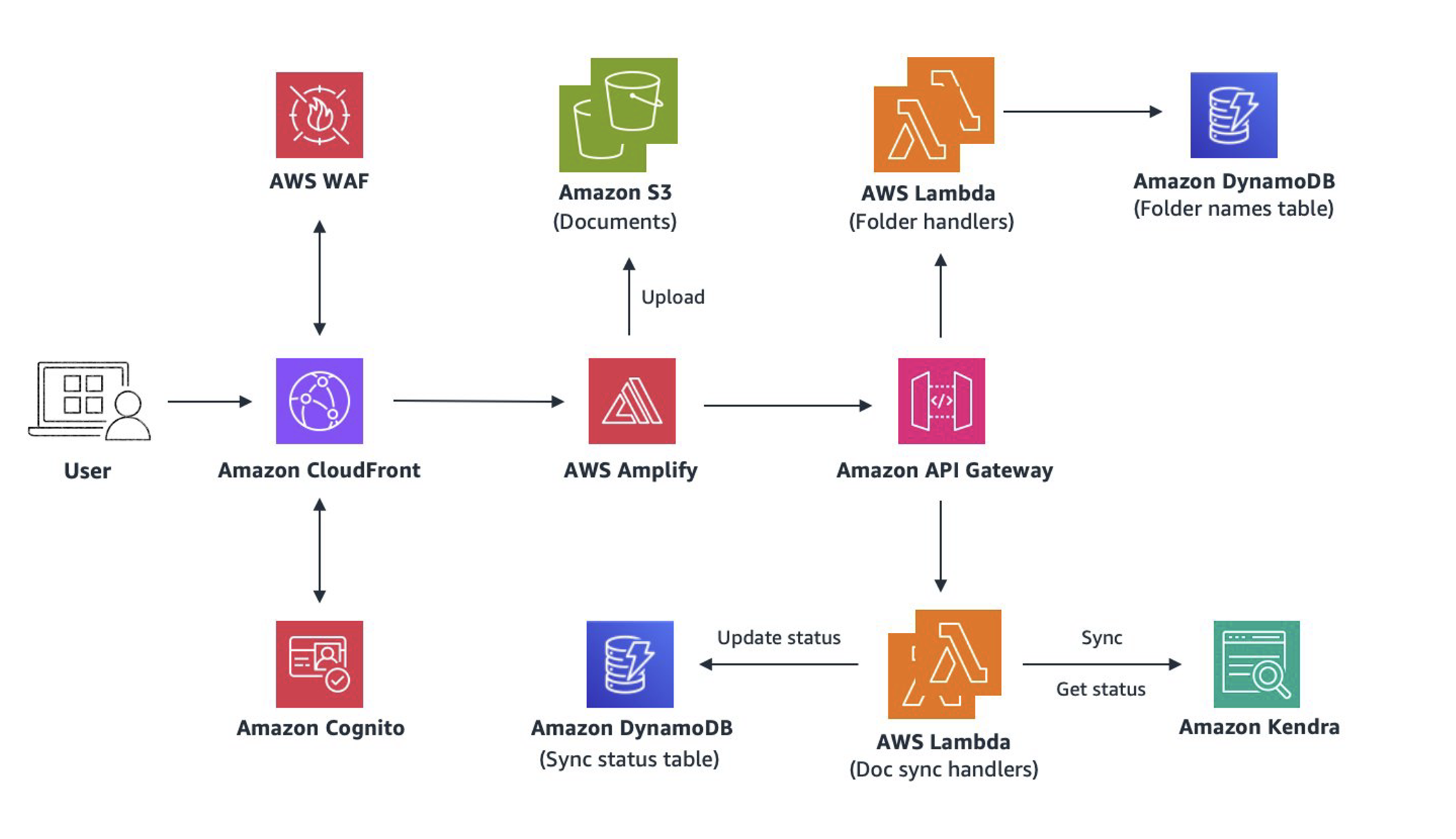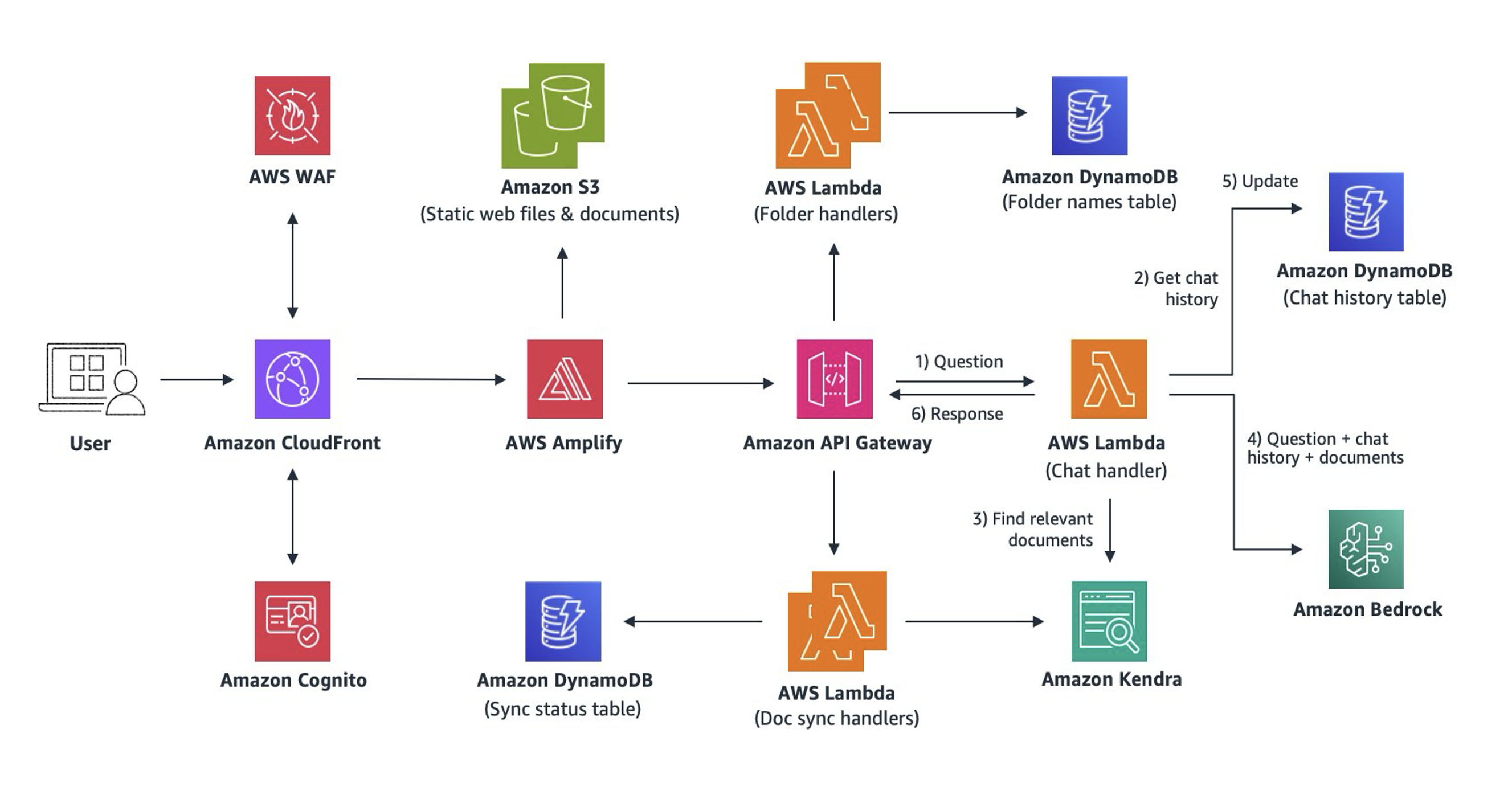AWS Public Sector Blog
Empowering families in need: How Save the Children uses Amazon Bedrock to simplify access to social benefits
Save the Children is a leading independent organization advocating for children’s rights. For over 100 years, they have been dedicated to saving lives and protecting the most vulnerable children around the world. In Spain, Save the Children (Save the Children España or SCE) continues this mission, working tirelessly to support underprivileged families and ensure their access to essential resources and services.
One of the key challenges SCE is working to address is the phenomenon of “non-take-up” when it comes to social assistance programs. Non-take-up refers to the situation where a significant portion of people eligible for certain benefits don’t actually receive them, often due to lack of awareness or difficulties in the application process. This is a major issue with the Minimum Vital Income (Ingreso Mínimo Vital or IMV) in Spain. In 2022, the non-take-up rate for the IMV was around 58 percent—meaning that almost 6 out of 10 households potentially eligible for the IMV did not apply for it. Furthermore, SCE’s own research found that up to 31 percent of the families they work with, whose incomes would qualify them for the IMV, had not applied for it or for the corresponding regional minimum income benefit. These are families with an average monthly income of EUR €776, and 37 percent of them have incomes below 20 percent of the national median.
To address this challenge, SCE applied to the AWS Giveback program, presenting a project to develop a free web application. The app would bring together information about all available local social benefits and services, helping users quickly determine what assistance they’re eligible for and guiding them through the application process. Although the tool was initially conceived for direct use by families, testing revealed another valuable use case: serving as a support tool for social workers from both Save the Children and social services to better guide and advise families about available benefits.
The goal is that the insights gathered from the app’s usage data could also inform SCE’s policy advocacy efforts, helping to identify persistent gaps in social protection that require further action from policymakers. Rather than just a solution for SCE, this minimum viable product (MVP) is envisioned as a tool that can be adopted by the government agencies and other organizations responsible for administering the IMV and similar social benefits. By collaborating with relevant stakeholders, the app has the potential to be scaled and implemented more broadly, amplifying its impact in reducing non-take-up and making sure that vulnerable families can access the support they’re entitled to. In this way, the app can become a key enabler for systemic change, empowering both citizens and the institutions tasked with delivering social protection programs across Spain.
Beyond addressing the initial challenge of limited access to social benefits, Save the Children recognized the potential to use the web application’s underlying Amazon Web Services (AWS) architecture and services for additional initiatives within the organization. The team is currently investigating how this technology could be adapted for internal knowledge management and collaboration purposes, helping employees and volunteers share information more effectively across the organization.
“Working with AWS has allowed us to achieve goals that we couldn’t have reached alone,” said Miriam Serrano, head of digital transformation and technology strategy at SCE. “This collaboration has demonstrated AWS’s commitment to our cause and has strengthened our ability to achieve our objectives.”
Solution overview
The web application developed for SCE provides a user-friendly interface for families to easily access information about social benefit programs they may be eligible for based on their location and circumstances. Users can choose their language for communicating with the chat-based assistant, including Spanish, English, French, Arabic, and more.
At its core, the application features an intelligent conversational chat assistant with a straightforward question-and-answer interface. Families can ask about various social programs and eligibility criteria, and they’ll receive contextually relevant responses tailored to their geographic location and situation. This localized approach means that users only see information related to the programs and services available within their community.
To facilitate this, a centralized knowledge base consolidates up-to-date information and documentation from government agencies, non-governmental organizations (NGOs), and other authoritative sources across Spain. This data repository allows the chat assistant to provide accurate responses while minimizing the need for users to navigate through multiple websites for information.
The solution also segregates user roles and permissions. Regular users can access general program information, and authorized administrators have additional capabilities. Administrators can manage and update the knowledge base by uploading new documents related to social programs. They also have access to advanced testing features, allowing them to evaluate the chat assistant’s performance using different large language models (LLMs).
The following architecture diagram illustrates the key components and flow of the Save The Children social benefits web application. It can be divided into three main components: the front end, the document management, and the chat interaction using Amazon Bedrock.
Front end
Users access the website through Amazon CloudFront, which accelerates content delivery, and AWS Web Application Firewall (WAF) provides protection against web exploits and bots. Amazon Cognito manages user authentication and authorization, segregating regular and admin users to provide appropriate access control. The React-based front end uses the AWS Amplify library, with static assets stored in Amazon Simple Storage Service (Amazon S3) for efficient rendering. This setup allows for a secure and responsive user interface. The Amplify client application communicates with backend services through Amazon API Gateway, facilitating seamless client-server interactions.

Figure 1. Architecture diagram showing the key components of the front end of the Save The Children social benefits web application
Document management
Admin users can upload new documents through the chat interface. AWS Lambda functions, triggered by API Gateway, manage document folder listings and metadata storage in Amazon DynamoDB. When new documents are uploaded, users can initiate Amazon Kendra sync jobs to index the new data. This process involves multiple Lambda functions working in concert with DynamoDB and AWS Step Functions to track and manage the sync job status. Amazon Kendra is used to index and search documents, making sure that relevant information can be quickly retrieved during chat interactions. As an intelligent search service powered by machine learning, Amazon Kendra is specifically designed for retrieval-augmented generation (RAG) applications, enabling natural language understanding and semantic search capabilities that go far beyond traditional keyword matching.
The following architecture diagram shows this document management flow.
Alternatively, Amazon Bedrock Knowledge Bases, introduced after this solution was built, can also be used to create and manage vector databases for RAG applications, providing another option for document indexing and retrieval.
Chat interaction using Amazon Bedrock
The core of the application is its chat interaction functionality, using the integration of Amazon Kendra with Amazon Bedrock. When a user asks a question, it triggers a series of Lambda functions. These functions retrieve conversation context from DynamoDB and query Amazon Kendra for relevant documents based on user permissions. The user’s question, along with the conversation history, chosen language, and relevant document information, is then sent to Amazon Bedrock for processing. Amazon Bedrock, using advanced language models, generates contextually appropriate responses. The question-answer pairs are stored in DynamoDB for future context, and the response is returned to the front-end through API Gateway.
The documents indexed by Amazon Kendra encompass a comprehensive repository of information, including a rich corpus detailing the various social benefits available across the different autonomous regions of Spain, and are stored in Amazon S3. When a user provides their query, Amazon Kendra performs a vectorized similarity search across the indexed document corpus. It uses natural language processing (NLP) techniques to convert the user’s query and the indexed documents into high-dimensional vector representations. Amazon Kendra then identifies the documents with vector representations most closely aligned to the query vector, retrieving these most relevant documents containing information pertinent to the user’s input from the Amazon S3 data source. The contextual data from these documents, along with the previously mentioned inputs, is then passed to the LLM powered by Amazon Bedrock.
The application gives administrators the flexibility to select from various LLMs offered by different providers through the Amazon Bedrock API. These advanced NLP and generation models make sure that chat assistant interactions are natural and engaging by understanding queries in the context of the provided documents and providing relevant responses. Hence, the solution can deliver personalized recommendations and guided support, seamlessly helping vulnerable families understand, navigate, and access the social benefits they’re eligible for.
The architecture and workflow for the chat interaction is shown in the following diagram.
Conclusion
Through the innovative use of Amazon Bedrock and other AWS services, Save the Children España has created a transformative solution that addresses a critical social challenge. This web application not only simplifies access to social benefits for vulnerable families, but also empowers social workers with better tools to support their communities. The solution’s scalable architecture and multilingual capabilities make it a potential model for similar initiatives across other regions and organizations.
Ready to make a difference with AWS?
- Learn more about the AWS Giveback program
- Explore how Amazon Bedrock can enhance your organization’s impact through generative AI
- Contact the AWS Public Sector team
Visit the AWS for Nonprofits webpage to start your journey today.


